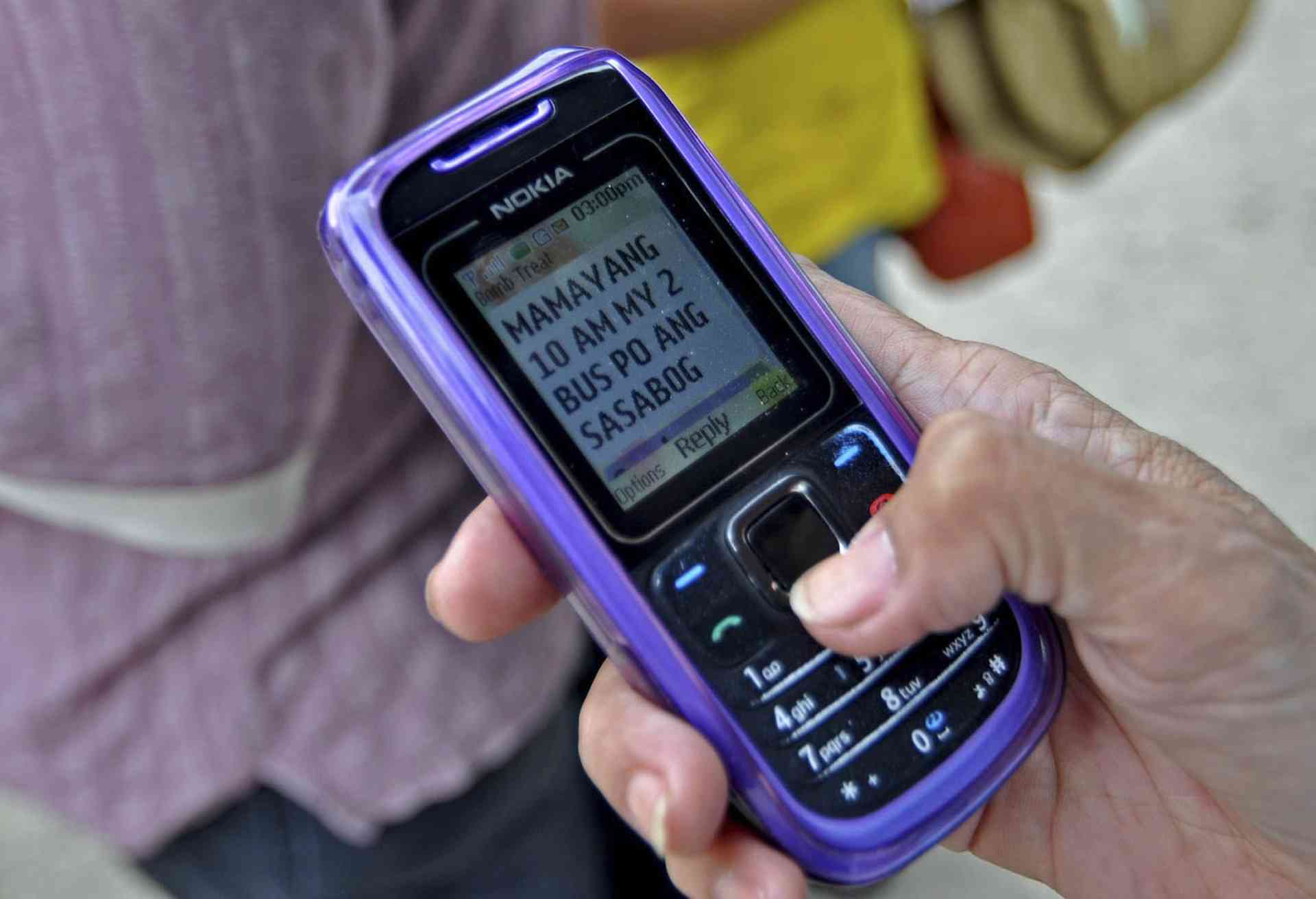The cellphone you’re using right now will someday have the power of a personal computer. That’s the promise behind the unflagging leaps and bounds of galloping communications technology.
But what if we tell you that the future is no longer a gleam in the eye of tech-savvy beholders? It actually arrived recently when Smart and Globe, two domestic telecommunications giants, announced their respective roll-out of 4G technology in selected parts of Metro Manila. Smart even debuted its 4G technology in Boracay during the last Holy Week break.
Judging from the hue and cry raised by their press releases, you’d think that these telecom leaders have reinvented the wheel. Well, close. Their claim is that 4G will finally put the speed and power of a computer in the palm of your hand.
What’s with the G’s anyway?
The G refers to the generation or development stage that a particular technology has reached. So 1G is the term given to the prototype or first incarnation of an emerging technology.
For most cellphone users, 2G or the second-generation cellular was the place to start. This was the stage where the cellphone flexed its capability besides voice call to include instant messaging and game play.
3G emerged sporting the expected bells and whistles when it went beyond calls and texting. People now use their 3G phones to also browse the Web, access social networking sites, and download music and films.
4G is expected to practically change, or even transform, the way cell phones will be used.
Engineer Romarie U. Lorenzo of the Wireless Communications Engineering (WCEL) Lab of the Institute of Electrical and Electronics Engineering (or I triple E) in UP Diliman elaborates, “4G is the term used to describe the emerging fourth generation standards for mobile phones. 4G has been specifically designed to provide higher data rates for mobile devices.
“It is an enhancement over existing 3G technology considering the data rates involved. 3G can provide a maximum of 2Mbits per sec in fixed building environments. 4G technology, however, can deliver a typical throughput of 300Mbps. This is to say that using 4G allows you to stream DVD quality (around 10 Mbps) videos from your handset device.”
Download speed was key to 3G’s superiority over previous cell phone models and its pervasiveness today. It follows that besides processing power, emerging rival 4G technology ups the ante on speed. Where 3G speed is comparable to DSL service, 4G offers three to four times higher speed comparable to cable standard.
You can download entire movies in minutes, songs in seconds and can view high-definition video seamlessly. At the same time, the 4G mobile network also provides a comprehensive and secure Internet-based mobile solution to mobile devices such as laptops, smartphones, and tablets.
PLDT’s own Smart Communications is setting up its LTE network while Globe Telecom is rolling out its HSP A+ network platform. HSPA+, or Evolved High-Speed Packet Access, is a 4G wireless, mobile, high speed broadband technology that allows for peak theoretical download speeds of up to 21 Mbps. LTE, on the other hand, is capable of download speeds of up to 70Mbps, or almost 40 times as fast as the existing 3G standard.
Initially, being the first on your block (or office space) to have the fastest with the mostest is a strong attraction to go 4G. But there are more compelling reasons.
Dr. Rhandley D. Cajote, Ph.D of the UP IEEE Digital Signal Processing (DSP) Lab thinks, “The demand for higher data rates is constantly increasing, from voice services to data services and now to be able to provide encompassing multimedia services into the mobile handsets. There is always a need for faster and more reliable access to information.”
He adds, “4G will be beneficial to everyone. Initially, the people who would benefit most are those who understand how to leverage the new technology. But as technology progresses in an area like wireless cellular service, other technologies will benefit as well.
“On the other hand, using a fast communication link between handset and base station will not be very useful if the backbone network of the telecom providers cannot support high data rates.”
Says Engr. Romarie U. Lorenzo: “For business-related 4G applications, new business models must be developed to make use of the higher bandwidth available for 4G in order to recover the significant investment in technology infrastructure. For example, significantly rich music and video streaming services for mobile phones will benefit most from 4G.
“But providing only web access to mobile devices is already being done using 3G technology. So 4G might not be needed for this type of service.”
So what can consumers expect from 4G? A lot. For example, a more immersive multimedia experience can be delivered using this technology.
4G will not exactly piggy-back on current 3G infrastructure to be able to accommodate the necessary increase in data rates of the new technology. It will require enhancements on hardware at the base station level and in mobile handset technology,
Well, that’s not too far ahead. So welcome to the next level! Better beware though that the new shiny beast of burden will be as expensive as they usually come.











































